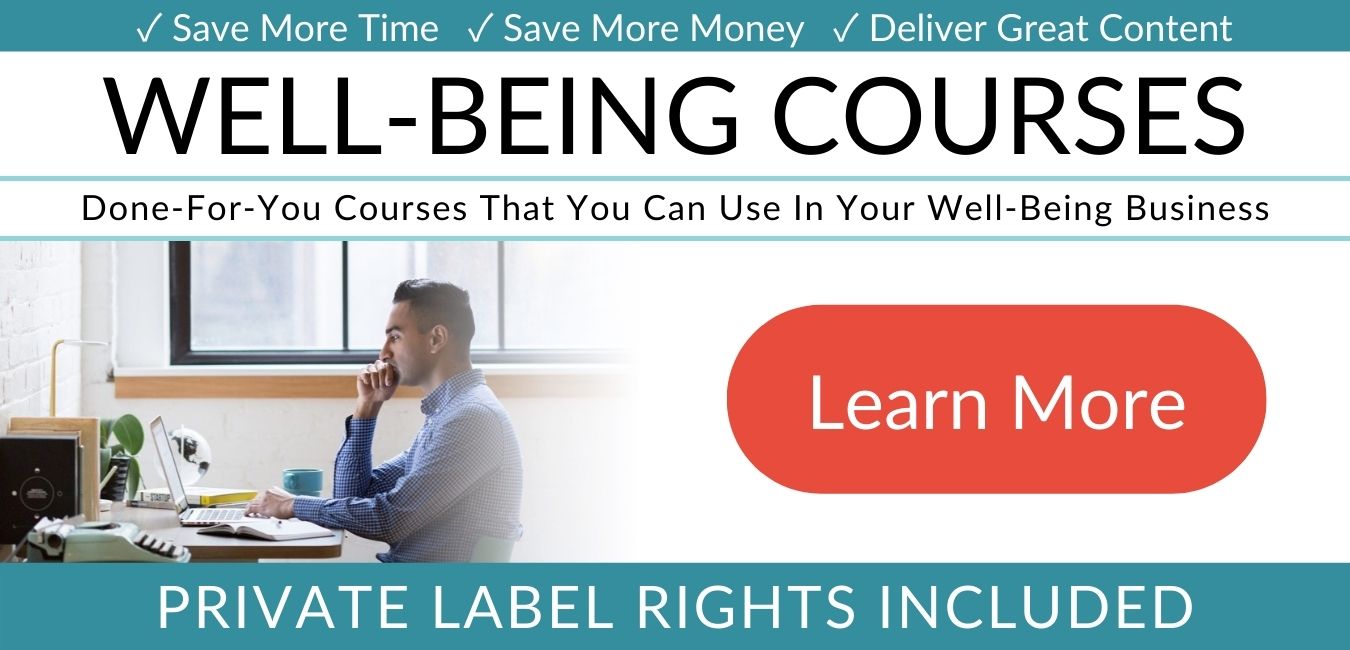Anchoring: Definition in Psychology & ExamplesAnchoring is a largely unconscious process where we rely heavily on the first piece of information we receive to make quick judgments. Read on to learn about its powerful effects on our perceptions, behavior, and decisions.
Anchoring is a well-documented cognitive process that happens outside our awareness (Furnham & Boo, 2011). Anchoring affects our lives and behavior every day. In this article, we’ll explain how it works, describe its benefits and pitfalls, and explore what we can do to reduce its effects.
Before reading on, if you're a therapist, coach, or wellness entrepreneur, be sure to grab our free Wellness Business Growth eBook to get expert tips and free resources that will help you grow your business exponentially.
Are You a Therapist, Coach, or Wellness Entrepreneur?
Grab Our Free eBook to Learn How to
|
Are You a Therapist, Coach, or Wellness Entrepreneur?
Grab Our Free eBook to Learn How to Grow Your Wellness Business Fast!
|
Terms, Privacy & Affiliate Disclosure | Contact | FAQs
* The Berkeley Well-Being Institute. LLC is not affiliated with UC Berkeley.
Copyright © 2024, The Berkeley Well-Being Institute, LLC
* The Berkeley Well-Being Institute. LLC is not affiliated with UC Berkeley.
Copyright © 2024, The Berkeley Well-Being Institute, LLC




